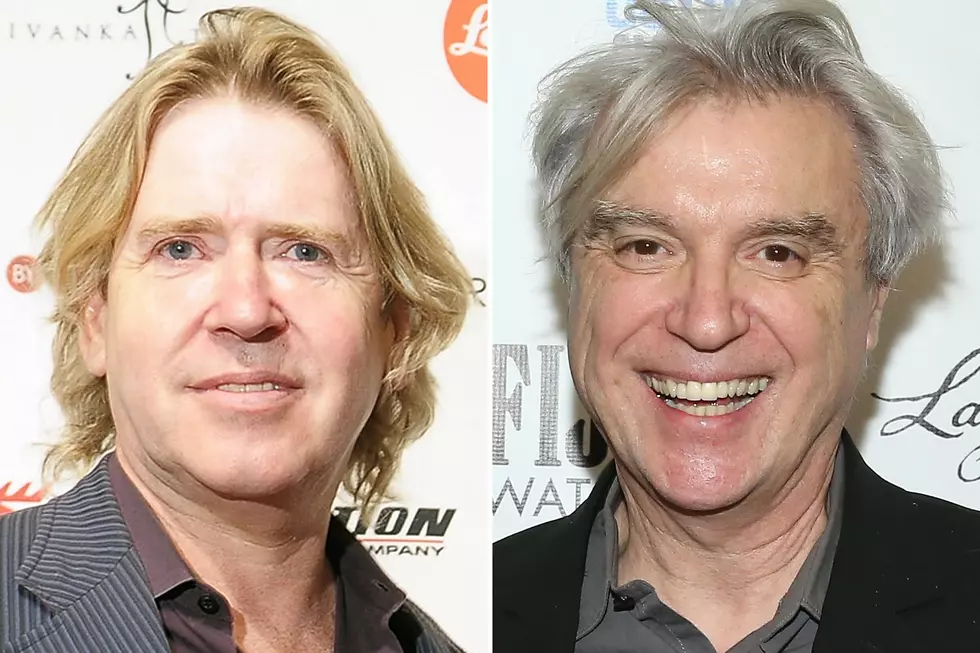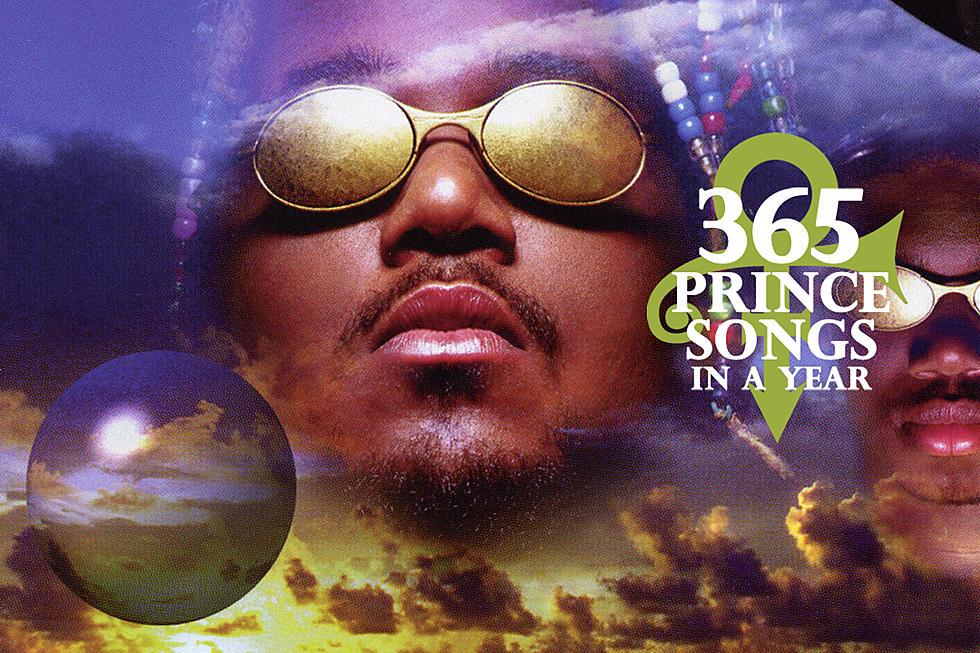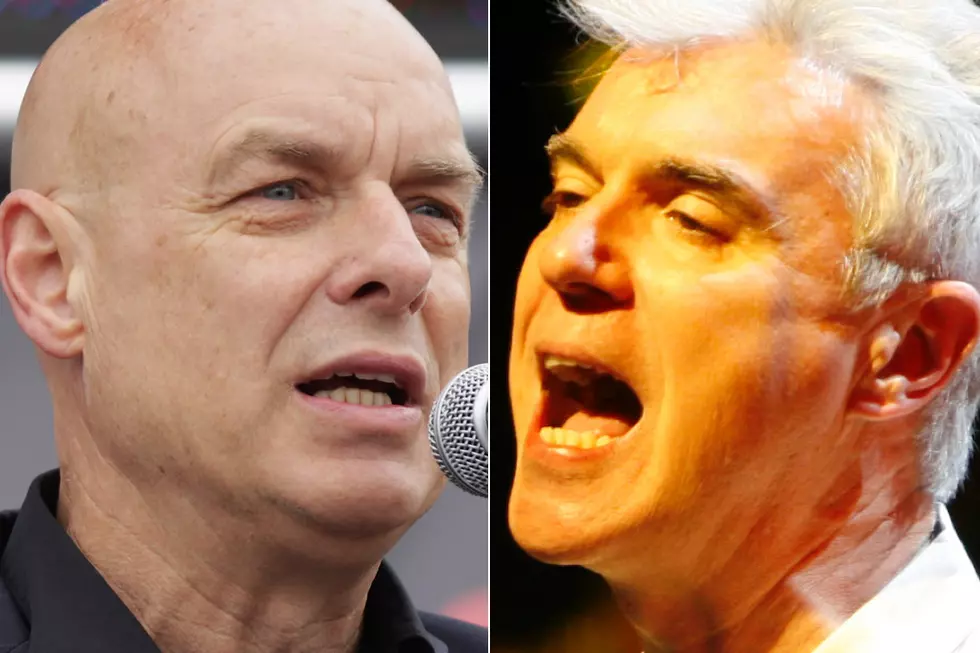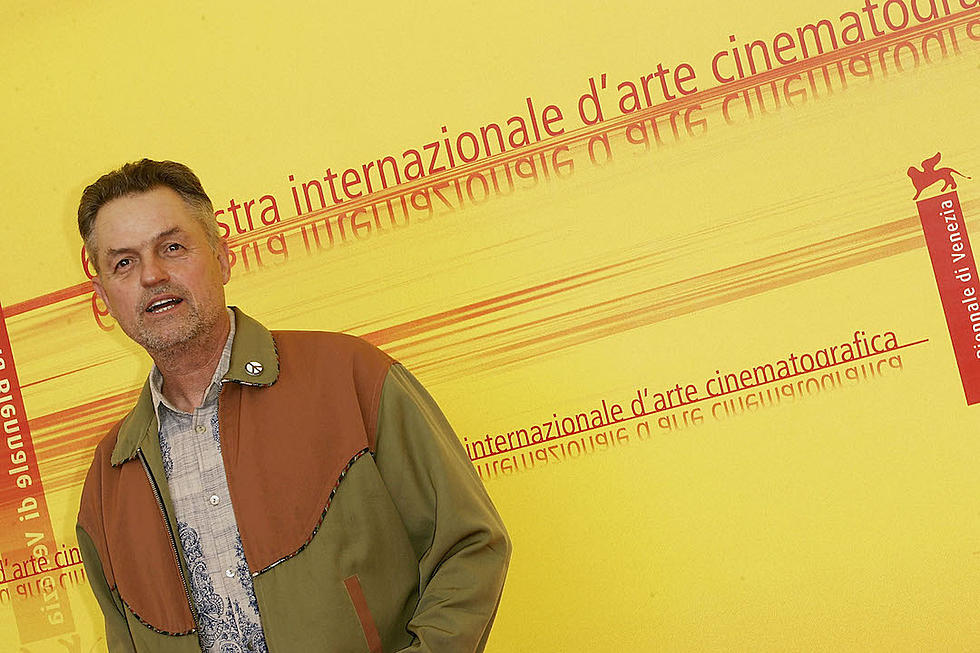How Talking Heads Reached a Crossroads With ‘True Stories’
The Talking Heads were never the same again after True Stories.
David Byrne, emboldened by the response to their celebrated concert film Stop Making Sense, had dived into movie work, leaving the rest of the band to cool their heels. Off the road, the remaining members had plenty of time to soak in cover stories from the likes of Time, which called Byrne "Rock's Renaissance Man," while wondering what was next.
That turned out to be True Stories, a set of off-shoot material from a Byrne-led vanity-project film of the same name. Even then, however, this album's arrival in October 1986 didn't lead to more concert dates. A yawning chasm was beginning to open.
Drummer Chris Frantz, in an 1987 talk with Rolling Stone, sought to challenge that status quo: "One unfortunate thing about David going for himself so much – which is his style now – is that the only reason we might tour is because he needs to, for his image, you know?"
True Stories, basically a movie-house concoction, didn't exactly patch things up.
These songs were meant to be voiced by the actors, and serve as a multi-media companion to the film starring John Goodman, Swoosie Kurtz, Spalding Gray and others in a series of hokey vignettes set in an imaginary small Texas town. Away from the others, Byrne had fallen in love with the Lone Star State's rugged individuality; that coupled with an abiding sense of country accommodation made Byrne feel right at home.
"I guess a lot of people here seem to be kind of proud of what they are," Byrne told the Chicago Tribune in 1985. "They are what they are, and that's okay; they're not gonna try and hide it. What's nice is they're more tolerant of other people's individuality."
But then his financial backers insisted that Byrne use his own vocals, and True Stories suddenly emerged not as a soundtrack but as the next Talking Heads album – with a whole new set of expectations involved.
Listen to the Talking Heads Perform 'Love for Sale'
The project came to represent an on-going retrenchment from the world music-based musical excursions that had hurtled the Talking Heads to fame, as Byrne continued on a more roots-oriented tack first revealed on 1985's Little Creatures. Frantz, Jerry Harrison and Tina Weymouth roar through the material, but Byrne's down-home subject matter is likewise far removed the shape-shifting narratives that powered 1980's Remain in Light.
Worse still, the film tanked. Then True Stories – despite boasting the No. 25 hit "Wild Wild Life" – became the Talking Heads' lowest-charting U.S. album since 1978's More Songs About Buildings and Food.
Byrne's bandmates started to openly revolt. "David's had so much press now that he's beginning to take on a larger-than-life image," Harrison told Rolling Stone in 1987. "If people have an inflated view of you, they listen to your next creation and ask, 'Is this great?' That sometimes gets in the way."
They emerged a different band, with Byrne receiving the lion's share of the focus in the run up to their follow up album, 1988's Naked – and the rest of the Talking Heads grumbling. "The press was definitely focusing on me, which I think was not a good thing," Byrne admitted in a 2002 talk with Metroactive. "Yeah, it was very divisive, and of course a lot of the press liked that, too."
All bandmates like Weymouth wanted to do, really, was play again – together. "When we were onstage," she lamented in a 1999 interview with MTV, "I always thought that we were creating something magical."
An original cast recording from True Stories remains unreleased, though some of those songs appeared as b-sides. The Talking Heads never toured again.
Rocks' Best Artist Vs. Record Label Disputes
More From Diffuser.fm









